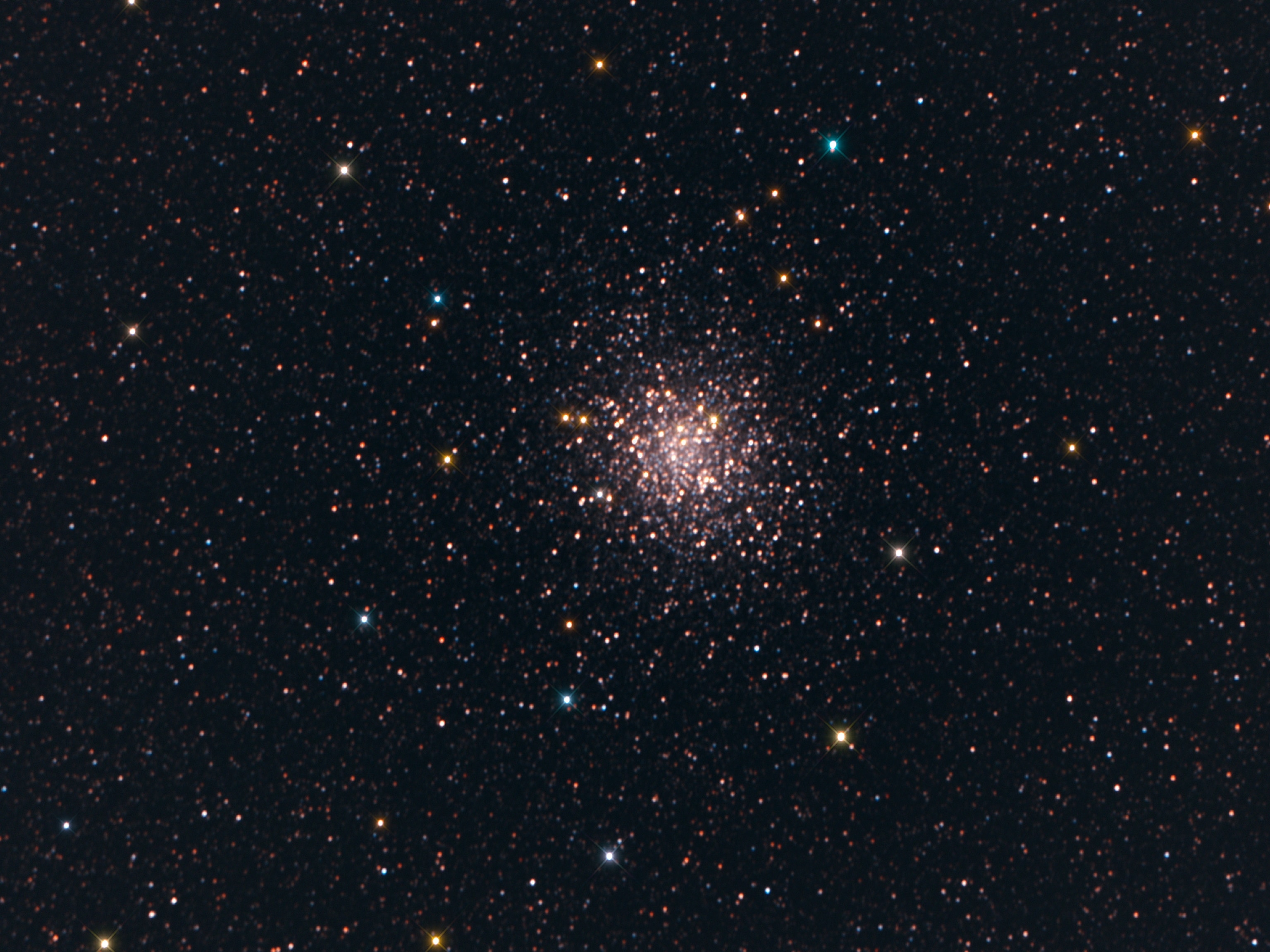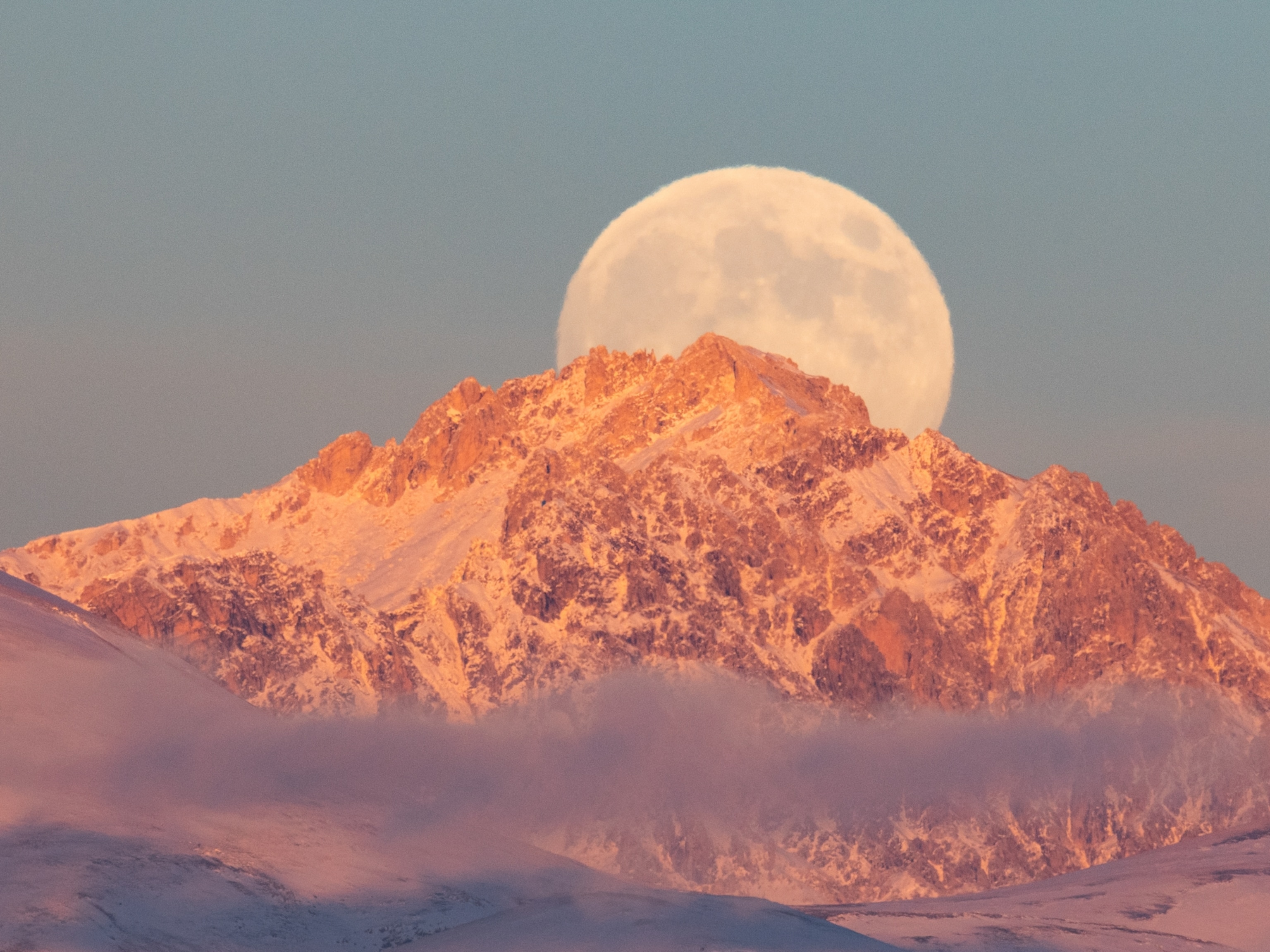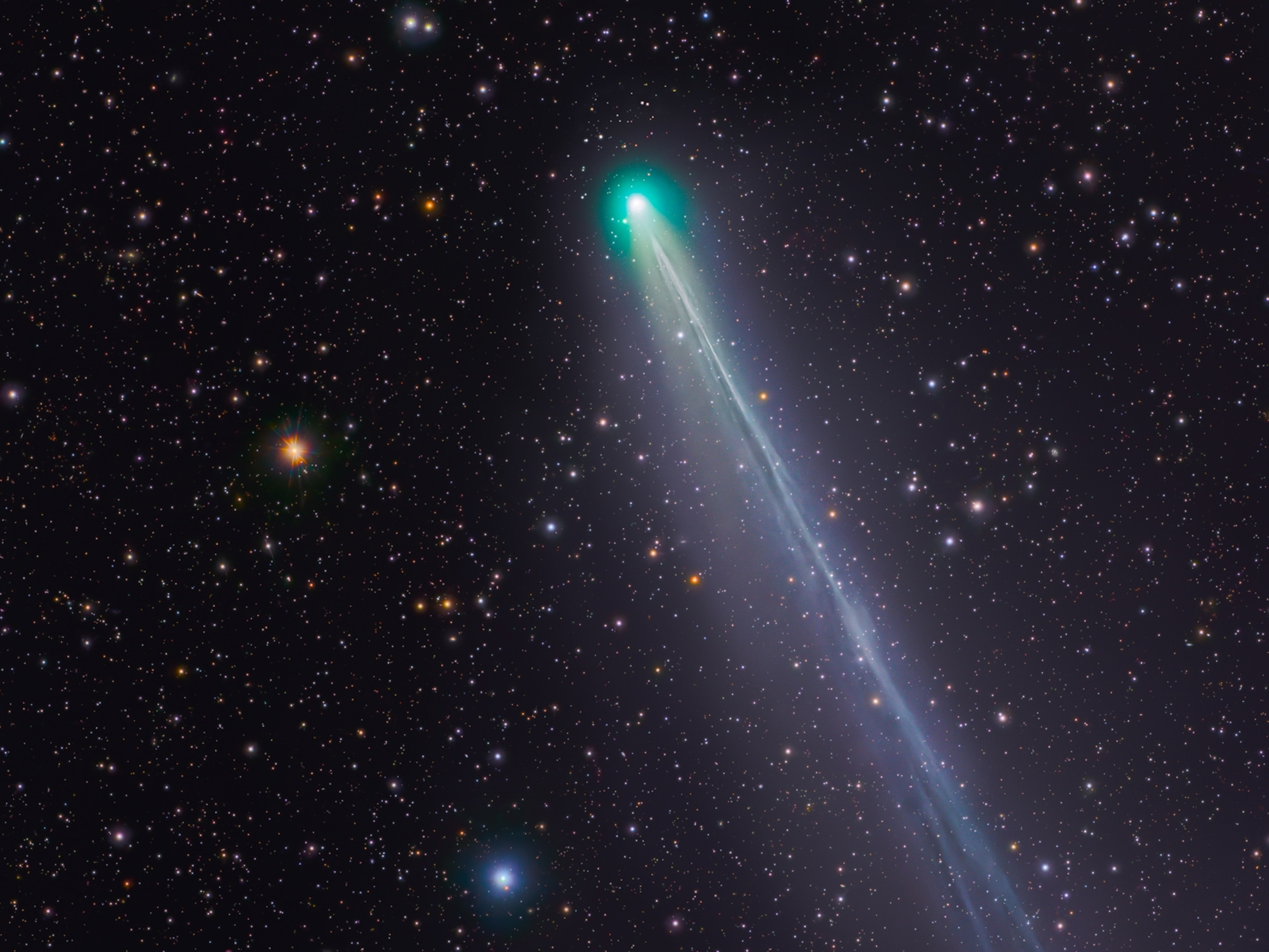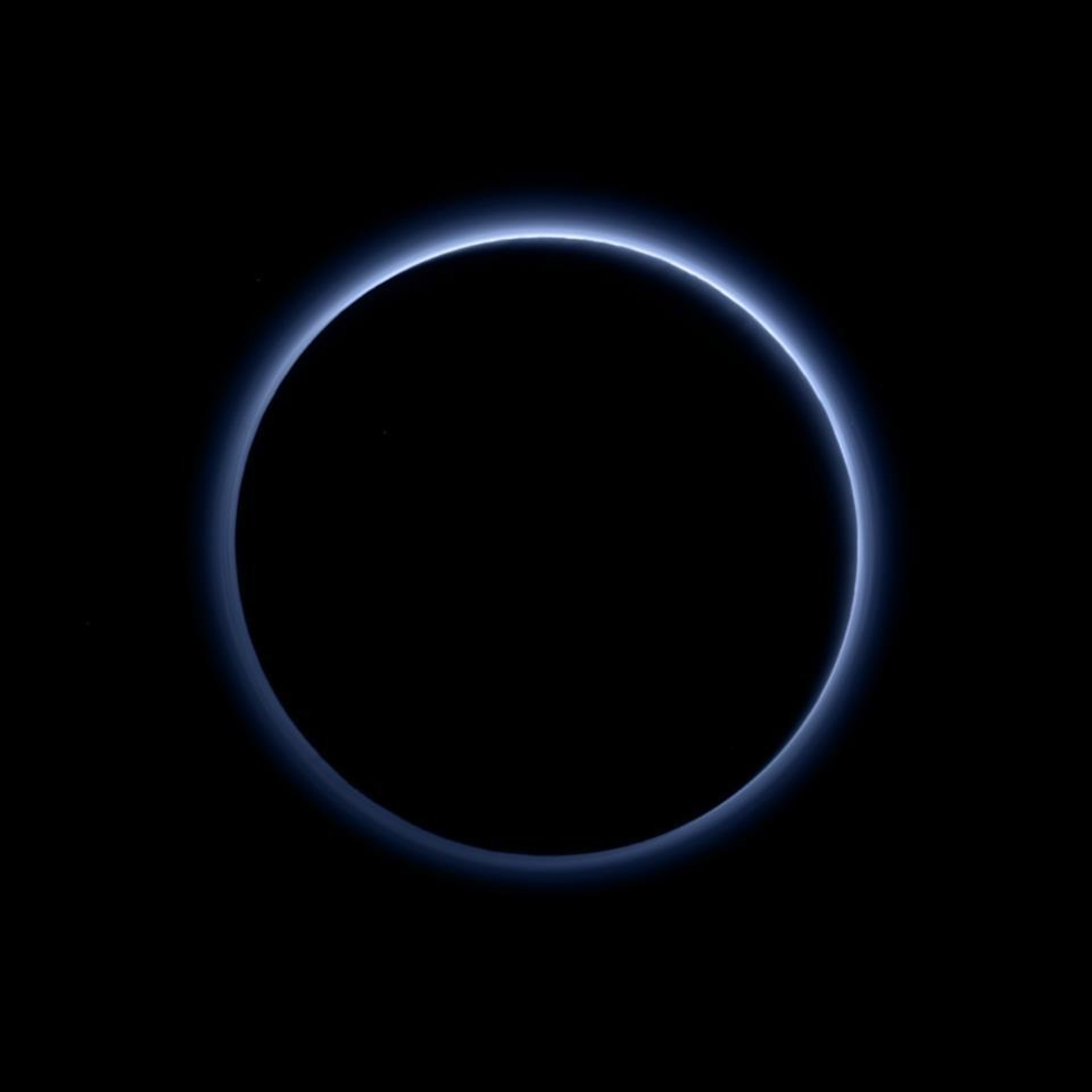
The best window to see Pluto all year is closing
A once-a-year alignment makes the dwarf planet easier to spot—if you know where to look.
Think you can spot Pluto? On July 25, the famously elusive dwarf planet reaches opposition—its best and brightest moment of the year. That makes now the ideal time to try to catch a glimpse of it from your own backyard.
But be warned: Even at its brightest, Pluto is still a barely-there speck, even through a telescope. But for those willing to search, it’s a cosmic scavenger hunt—and a rare chance to see a world nearly four billion miles away.
What is opposition—and why is it the best time to see Pluto?
In astronomy, opposition is when a celestial body lies directly opposite the sun from Earth’s point of view, placing our planet squarely in the middle. That alignment means the object rises as the sun sets and stays visible all night, making it the best time to observe it.
(See National Geographic’s first map of Pluto.)
What makes opposition so useful for stargazing is a phenomenon known as the opposition effect. “Things tend to get brighter when they’re lit at a smaller phase angle, which is the angle between the sun’s rays and the target and the observer. That shrinks to close to zero at opposition,” says Will Grundy, a planetary scientist at Lowell Observatory in Flagstaff, Arizona, where Pluto was discovered.
You can see this principle in action on Earth. When the sun is low in the sky, objects create long shadows. But when the sun is directly overhead, those shadows get much smaller, and sometimes they even disappear entirely. At opposition, Pluto’s terrain has the fewest shadows, making the dwarf planet appear brighter to us.


How to spot Pluto during opposition
Because Pluto is so dim, you need a telescope to see it. “A backyard telescope could do it under the right conditions,” says Grundy. Or you could visit a local observatory and use one of their publicly accessible telescopes. Lowell Observatory, for instance, has a suite of instruments on-site that the public can use six nights per week.
But even with a telescope, the sky must be extremely dark to see Pluto. Light pollution, whether from artificial lights or the moon, will easily wash out the dwarf planet.
(Did Pluto ever actually stop being a planet? Experts debate.)
To find Pluto in dark enough skies, consult a star chart to determine its approximate location. “It’ll just look like one of many faint stars,” says Grundy. But Pluto moves slowly. “It moves at about three arcseconds per hour, so you won’t see it move unless you’re willing to wait multiple hours,” says Grundy.
You don’t have to catch Pluto on July 25 exactly. Because it’s so distant—about 3.7 billion miles from the sun—it remains near peak brightness for several days before and after opposition.
“It’s a challenge, so it’s kind of cool to be able to see Pluto,” says Grundy.
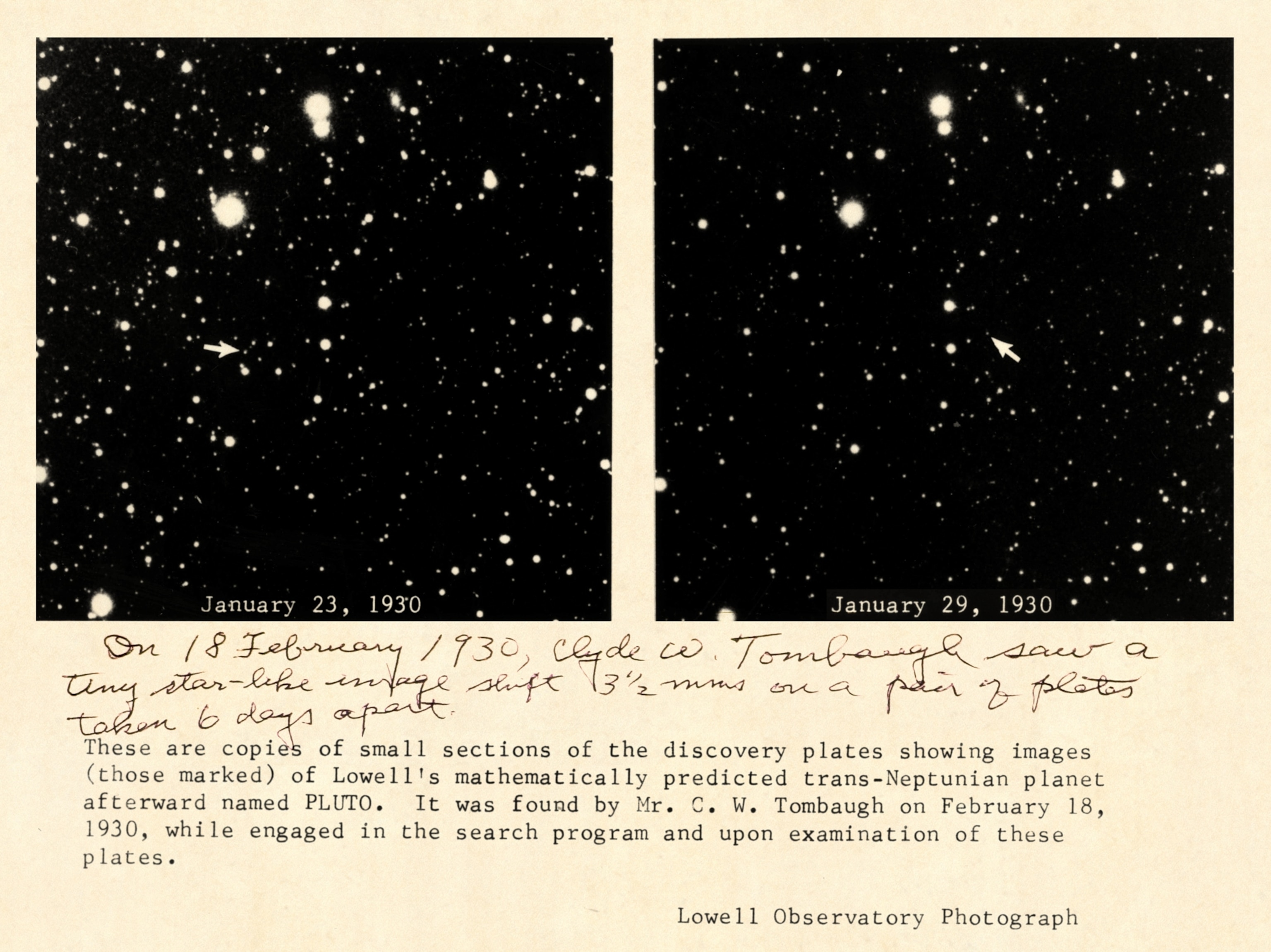
A brief history of Pluto—and why it still matters
Pluto’s origin story begins with two other planets. After Uranus was discovered in 1781, astronomers realized that an undiscovered planet might be perturbing Uranus’ orbit. “Sure enough, Neptune was discovered basically bang-on where astronomers predicted it should be,” says Grady.
But Percival Lowell, the founder of Lowell Observatory, believed there to be another planet affecting Uranus’ orbit: a mysterious “Planet X.” After a decade of searching, Lowell died in 1916 without finding it.
(Discover seven other night sky events to see in July.)
Eventually, the search resumed at Lowell Observatory, culminating in Clyde Tombaugh’s discovery of Pluto in 1930. As it turns out, Pluto wasn’t the gravitational culprit Lowell had imagined. It was far too small to tug on Uranus’s orbit in any meaningful way. But it was still a monumental discovery: the solar system’s ninth planet—at least until its reclassification as a dwarf planet in 2006.
To find Pluto, Tombaugh diligently photographed the night sky, then used a machine to compare two photographic plates, looking for any tiny pinpricks that moved. That’s essentially the same method Grundy suggests stargazers use in July to ensure they’re looking at Pluto.
Following its discovery, Pluto remained just a faint dot until the 1990s, when the Hubble Space Telescope provided some grainy images showing light and dark spots. But it wasn’t until 2015 that we got a close-up look at Pluto, thanks to a flyby by NASA’s New Horizons spacecraft.
The images showed a dynamic, geologically active planet with icy mountains, nitrogen glaciers, and even hints of a subsurface ocean. “It could be inhabitable if there’s liquid water and lots of organic materials and rocks for minerals,” says Grundy, who serves as a co-investigator on the New Horizons mission.
That revelation has major implications for astrobiology. “Pluto moved the goalpost of where inhabitable planetary settings are—much, much farther away from the sun than we ever thought possible,” says Grundy. “And the same thing will be true around other stars, too. Basically, the inhabitable zone just expanded hugely.”

